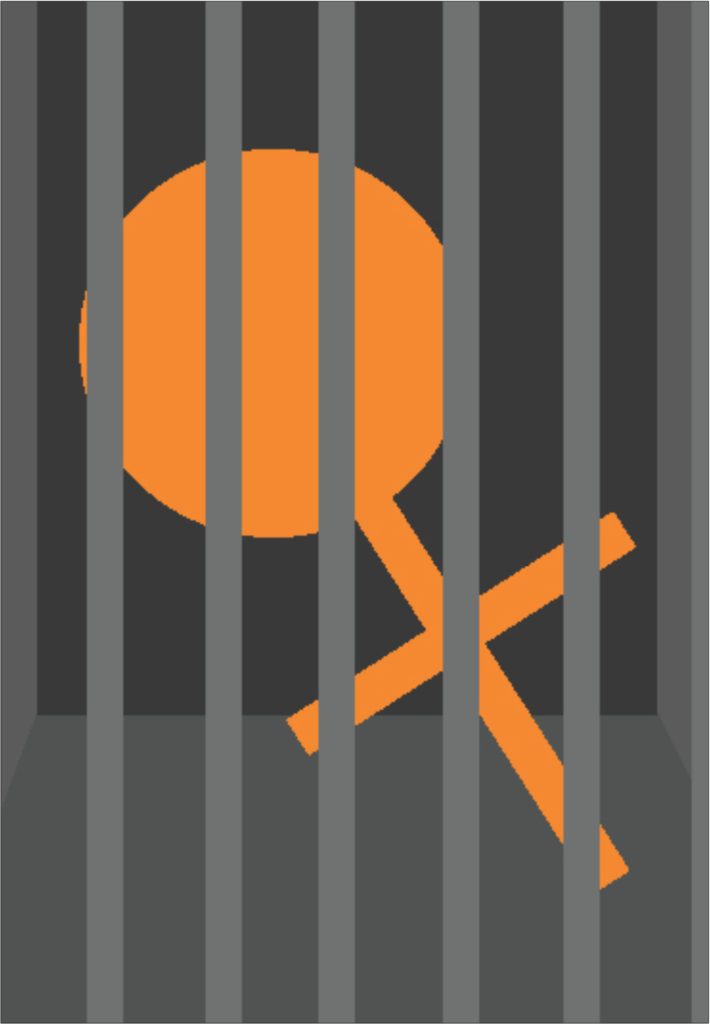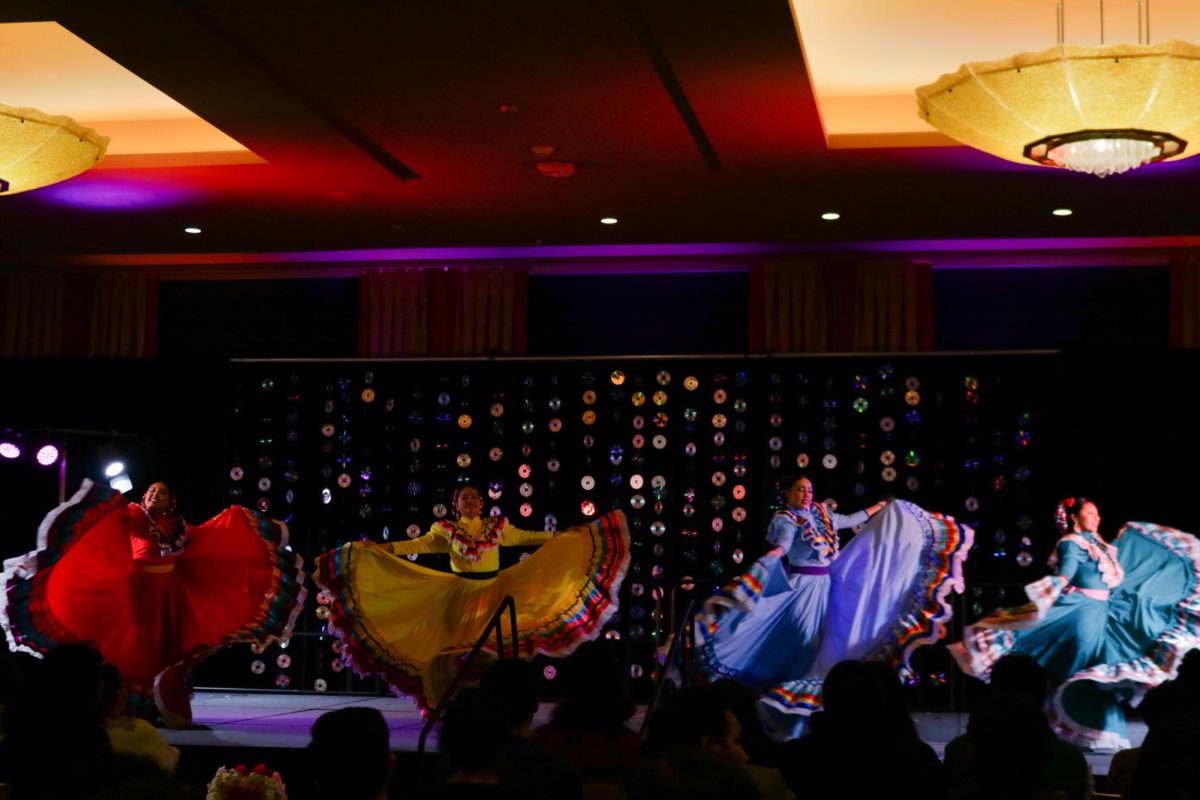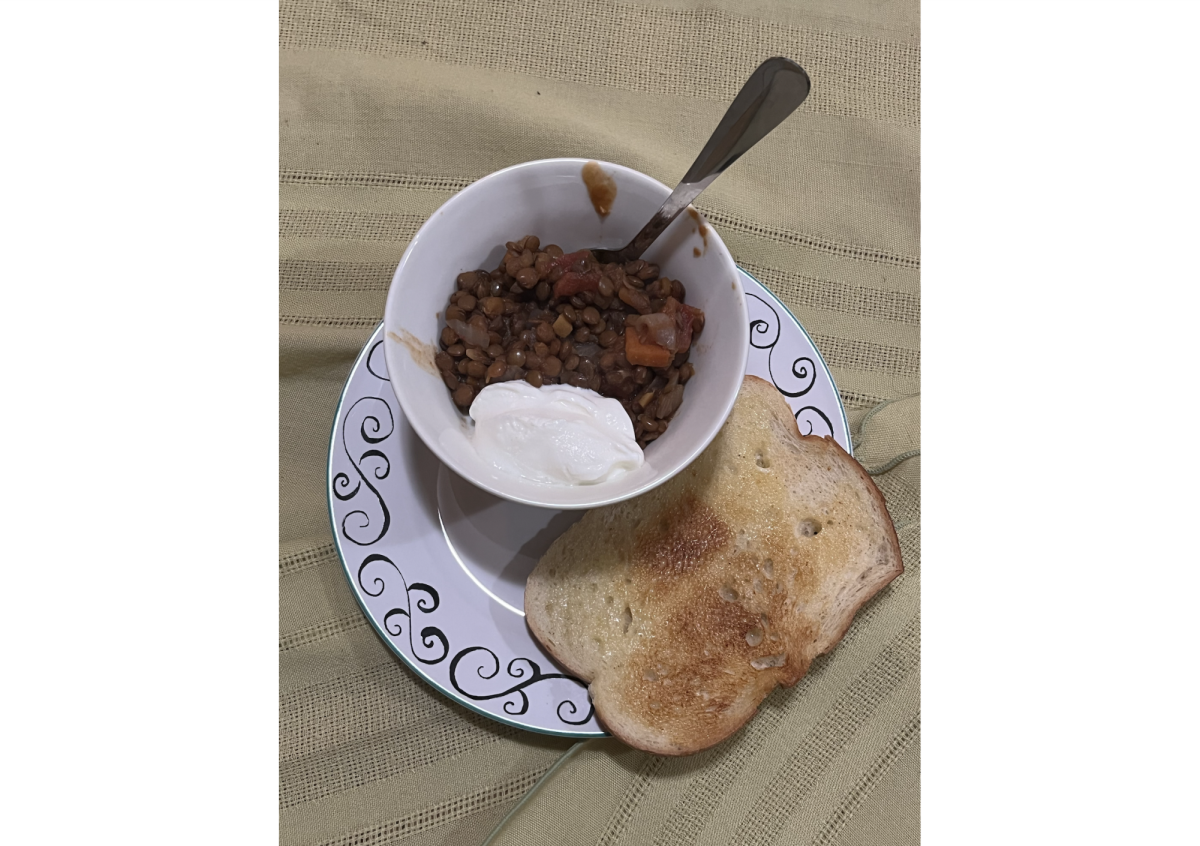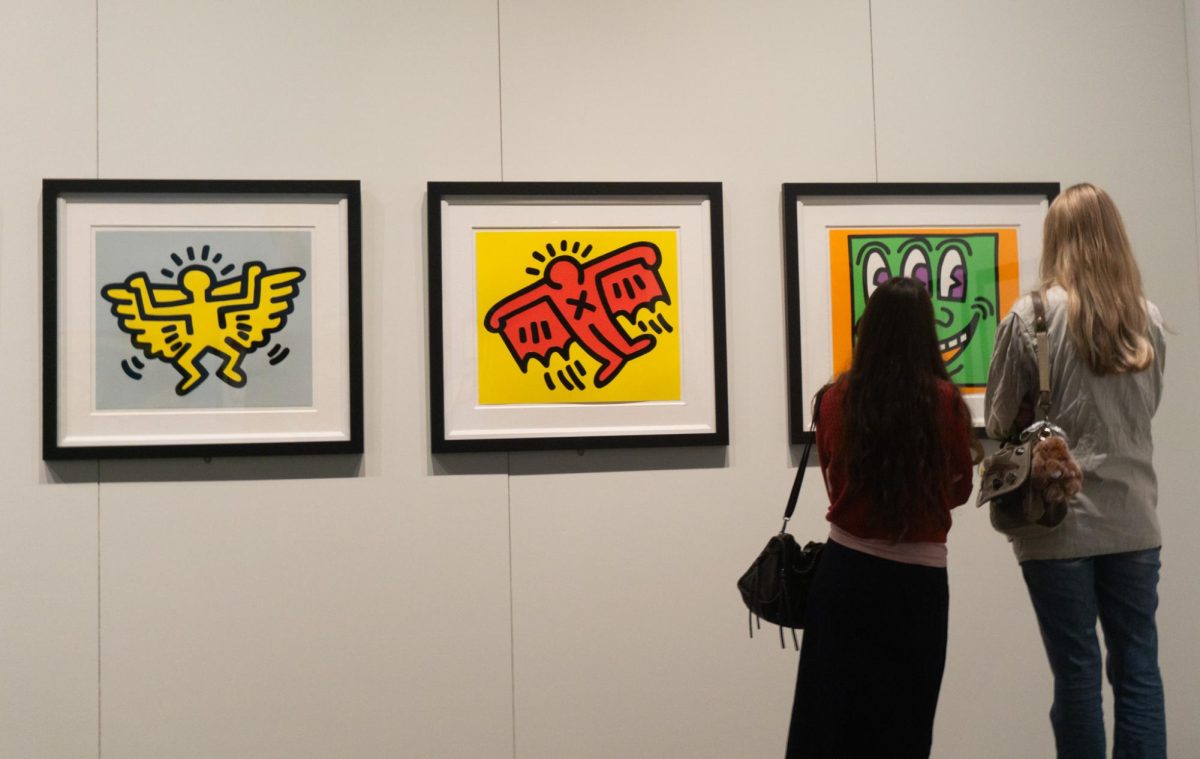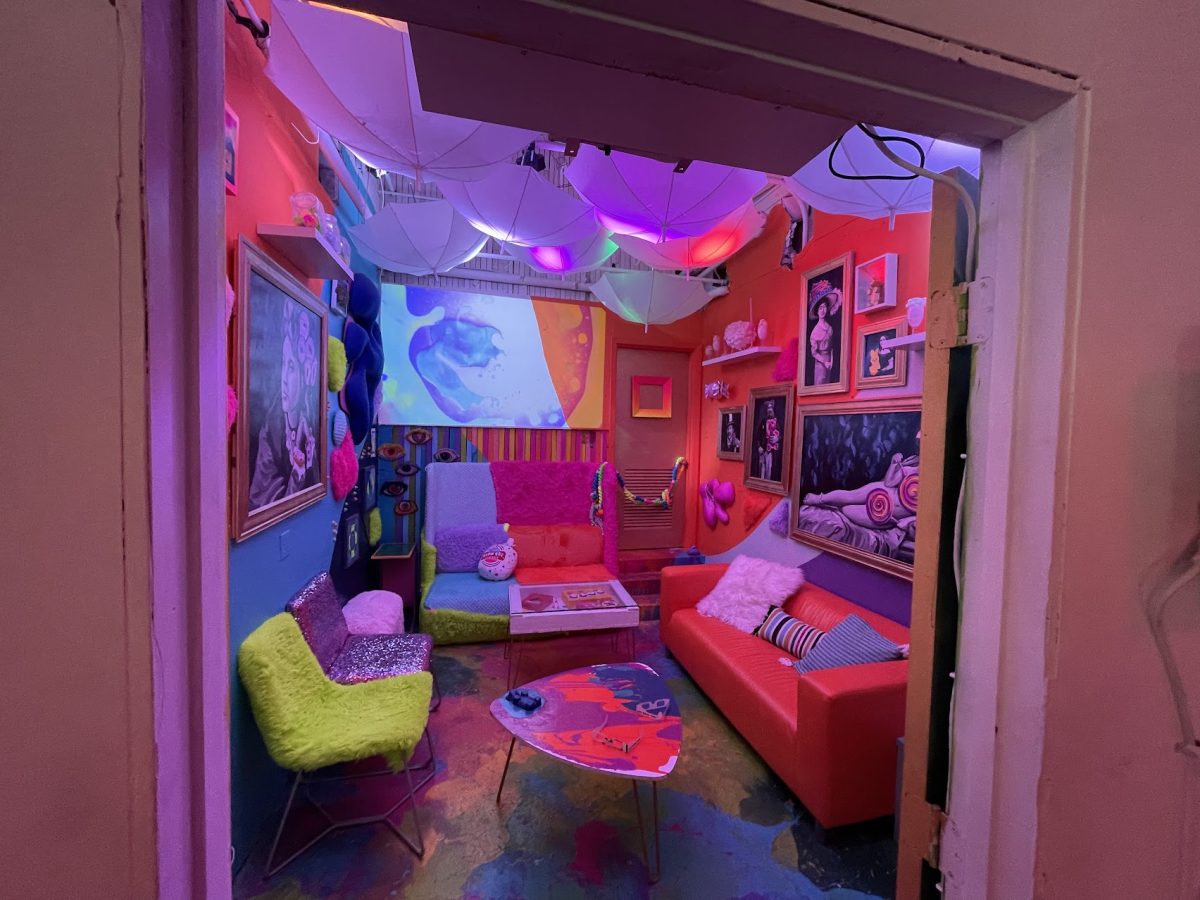Liz Hernandez said her two children grew up without a mother for over five years when she was arrested and incarcerated at age 18.
Her story is a lot more common than one would expect. According to the Bureau of Justice Statistics, about 1.4 million women were under supervision of the United States criminal justice system in 2014, whether in prison or jail, or on probation or parole.
Hernandez spoke as a panelist at the Women’s Prisons, Art & Queerness panel hosted in Wyckoff Auditorium on Sunday.
Statistics from the Sentencing Project show that 30 percent of women prisoners are African American, and 16 percent are Latinas. The statistics also add that black women are incarcerated at 4 times the rate of white women.
“It’s not uncommon to be black or brown, and to be labeled terror or a problem,” Hernandez said during Sunday’s panel.
The panel was a part of the “Boys on the Inside” project, an in-progress documentary that explores life inside women’s prisons. Director and Producer Elliat Graney-Sanucke hopes to show a larger perspective on how LGBTQ+ communities operate inside prisons, both through the film and panel discussions.
In addition to Hernandez, one of the panelists Sunday was Sebastian Raine, a transgender man and lead protagonist of the “Boys on the Inside” project. Raine spent about 99 months in jail, amounting to over eight years.
“Honestly, I thought cars would be able to fly by the time I got home,” Raine said during the panel.
The panel included another woman, Shontina Vernon, an artist who is known for her genre-bending storytelling style. She credits arts education for saving her from her criminal past.
Rounding out the panel was Merf Ehrman, an attorney at the Institutions Project, who specializes in removing barriers to housing and employment for people with criminal records so that they can successfully re-enter society.
The panel discussed many misconceptions with the prison system. It centered around how daily life is inside a jail or prison, and how people’s identities factor into their treatment by guards and other inmates.
Raine began speaking about the inmate stereotype of sitting around all day doing nothing. He clarified that in his case, he would work over 15 hour days for a measly 42 cents an hour.
And to be able to work, Raine had to pass a test to become a certified firefighter.
“I had to carry 45 pounds of dead weight on my back for three miles,” Raine said. “The catch was that we had to complete the task in under 45 minutes.”
Hernandez then jumped in and added that they couldn’t just save their money. Going to the doctor cost $3 in prison, and things like cable and going to the barber cost even more.
Haircuts became a hot topic as the conversation moved to how women in prison interact. The panelists described that women who appear more feminine would be considered “girls,” while women who would shave their heads or appear more stereotypically masculine would be considered “boys.”
Each has their advantages and disadvantages. Boys would get more than the girls, while receiving worse treatment from the guards.
During a clip from the “Boys on the Inside” trailer, Raine said, “I told the officers I was gay and I didn’t really care. But that’s like a big no-no inside of there; you can’t be anything but what they want you to be.”
Ehrman and Vernon ended the panel by discussing why they think mass incarceration and mistreatment inside prisons are still happening, despite the hoards of documentation.
“The truth is, we are not interested in solving this as a problem,” Vernon said. “We aren’t interested in solutions.” Vernon and Ehrman both agreed that the work inmates complete at such a low cost is too valuable to both the private prison system and the nation’s economy.
Graney-Saucke added that Sunday’s panel was an extension of what is discussed in her upcoming project, now nearing release, and that she hopes to hold more in the future so the public can learn about what goes on inside.
“Boys on the Inside” is set to premiere in 2018, either as a feature-length documentary or as a multi-episode web series.
Anna may be reached at
akaplan@su-spectator.com


